What is Layer-2 Blockchain Technology?
The blockchain technology sector faces increasing competition because developers work to create speedier transaction systems and user-friendly cryptocurrency processing platforms. The two main Layer-1 blockchains Ethereum and Bitcoin experience performance issues because their networks need to handle rising transaction numbers and user activities.
Network congestion occurs when transaction numbers rise because users must pay elevated gas fees.
The blockchain industry now depends on Layer-2 solutions to function as essential infrastructure which enhances the performance of Layer-1 systems. The Polygon network and Bitcoin Lightning Network operate off-chain transaction processing while maintaining security through Layer-1 systems.
The platform enables users to perform fast and inexpensive transactions which support decentralized applications and gaming platforms and other expanding industries. The development of new technology enables systems to become more functional while blockchain systems become easier for users to access.
The understanding of Layer-2 technology remains essential because it serves as the foundation for blockchain deployment in different applications. The visual content in [cited] shows how Layer-2 operates with its complexities and value by showing how scaling solutions work with Layer-1 systems to support future content development.
How Layer-2 Scaling Solutions Work: The Mechanisms of Layer-2 Scaling Solutions?
Digital economies need to manage blockchain technology development speed because transaction delays and high fees create two major problems. Layer-2 scaling solutions serve as a vital solution to address these problems.
The solutions provide quick transaction processing through secure Layer-1 blockchain protection. The Layer-2 system performs off-chain processing to merge multiple transactions into a single submission which gets sent to the Layer-1 chain for better performance and lower costs.
The system improvement enables faster transaction processing while supporting the increasing demand for decentralized applications throughout DeFi and NFT platforms. The detailed mechanisms of Optimistic and ZK Rollups present new methods to scale blockchain systems while preserving security and decentralization.
The solutions require understanding because they form the fundamental structure which will determine cryptocurrency development and enable blockchain technology expansion and user growth.
| Blockchain | Throughput (TPS) | Network Latency (s) | Transaction Fees (USD) |
| Polygon | 7000 | 2.5 | 0.00002 |
| IOTA | 1000 | 12 | Free |
| Solana | 50000 | 3.41 | 0.00001 |
| Vechain | 165 | 10 | 0.027 |
| Waltonchain | 13.5 | 30.73 | Fluctuate |
Performance Comparison Among Public Blockchains
Why Layer-2 Matters in Crypto Today?
The current cryptocurrency market shows Layer-2 technology deployment through data that can be measured.
- The growth of DeFi operations requires both quick transaction processing and affordable transaction fees.
The system needs to process transactions at high speed while keeping costs low to support real-time trading and lending and staking operations.
- The NFT and gaming sectors experience rapid growth because their transaction numbers continue to rise.
The existing Layer-1 system fails to handle the large volume of transactions which happen during NFT and gaming operations.
- The platform needs to acquire users right away through a system which removes all transaction costs completely.
- Enterprise organizations require blockchain solutions which provide scalable functionality together with complete security standards.
The implementation of Layer-2 technology enables users to decrease their ETH gas fees by 90% to 99%.
The technology serves as a fundamental connection between blockchain scientific concepts and the process of achieving broad market adoption.
Why Layer-2 is Essential for Crypto’s Future Growth?
The Importance of Layer-2 for Future Growth in Crypto
Blockchain technology development requires new solutions to address existing network performance problems. The development of Layer-2 solutions has become essential because they enable blockchain networks to scale up for large-scale adoption.
Layer-2 solutions enhance dApp user experience by enabling quick and budget-friendly transactions which decrease network congestion while reducing Layer-1 gas fees.
Web3 technology faces its biggest obstacle to mass adoption because it does not scale properly.
Layer 2 Scaling Solutions
The solutions at Layer 2 level solve these problems which enables decentralized applications to reach mainstream users for everyday usage. The ability to transform things makes Layer-2 more than an enhancement because it creates a sustainable path for cryptocurrency and blockchain technology development.
The need for fast transactions and dependable systems has made Layer-2 solutions vital for blockchain optimization because they will enter financial services and gaming and digital asset sectors.
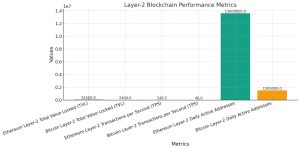
The chart shows how Layer-2 blockchain solutions for Ethereum and Bitcoin perform against each other through their respective metrics. The chart presents three performance indicators which include Total Value Locked (TVL) and Transactions per Second (TPS) and Daily Active Addresses for both networks. The TVL and Daily Active Addresses metrics of Ethereum exceed those of Bitcoin because Ethereum leads the market in Layer-2 scalability solutions.
Best Layer 2 Solutions
The Layer-2 solutions which have received the most adoption since 2025 include:
- Arbitrum: The system operates at high speed through optimistic rollups which makes it suitable for DeFi and gaming applications.
- Optimism (OP Stack): The OP Stack platform offers developers a friendly environment which supports Coinbase’s Base chain and numerous OP Stack rollups.
- Polygon (PoS + zkEVM): The platform merges sidechain speed with ZK technology to develop high-performance applications for dApps.
- zkSync Era: The system operates through ZK-rollup technology which provides Ethereum-grade security protection at affordable transaction fees.
- StarkNet: The solution provides Web3 scalability through STARK proof technology which offers quantum resistance.
- Bitcoin Lightning Network: Users can send Bitcoin at the fastest speed while paying virtually no transaction fees.
Layer 2 vs Layer 1
The evaluation process for scalability demands understanding of Layer-1 and Layer-2 system functionality.
| Feature | Layer-1 | Layer-2 |
| Purpose | Base blockchain (Ethereum, Bitcoin) | Scaling layer built on top |
| Speed | Limited (10–50 TPS) | Thousands of TPS |
| Fees | Higher due to congestion | Very low |
| Security | Maximum security | Inherits L1 security |
| Use Cases | Settlement, consensus, finality | dApps, DeFi, NFTs, gaming, micropayments |
Layer-1 = Security
Layer-2 = Speed + Scalability
The two systems create a strong hybrid Web3 framework.
Benefits of Layer 2 blockchain
Organizations achieve major operational advantages through the deployment of Layer-2 solutions.
- Massive Scalability: The system processes thousands of transactions every second while delivering quick response times.
- Lower Fees: The payment system operates at fees that are less than one cent which supports both small transactions and rapid market trading.
- Inherited Security: The security features of top Layer-1 networks including Ethereum become available for use.
- Better User Experience: The system enables quick transaction verification which results in increased business and individual adoption rates.
- Enhanced dApp Performance: The performance of DeFi applications and gaming platforms and metaverse environments becomes more responsive and user-friendly.
- Energy Efficiency: The base chain requires less computational work because Layer-2 operates as a separate system.
Conclusion
The system transformation for future digital finance and interaction challenges can be achieved through Layer-2 blockchain technology. The growing user base and developer population results in rising transaction numbers which standard Layer-1 systems fail to process efficiently at budget-friendly rates.
The current situation demonstrates how Layer-2 solutions solve these problems by enabling quick transaction processing at reduced operational costs. The technology supports various applications including DeFi and gaming operations.
The integration of Layer-1 and Layer-2 systems creates an entire framework which enables blockchain adoption at scale while ensuring sustainable growth. The image explains Layer-2 operations in detail which helps us understand its fundamental importance.
The creation of a digital decentralized society needs these breakthroughs to establish Layer-2 as a core element for crypto development.
The chart shows how Layer-2 blockchain solutions for Ethereum and Bitcoin perform against each other through their respective metrics. The chart presents three performance indicators which include Total Value Locked (TVL) and Transactions per Second (TPS) and Daily Active Addresses for both networks.
The TVL and Daily Active Addresses metrics of Ethereum exceed those of Bitcoin because Ethereum leads the market in Layer-2 scalability solutions.
You need to login in order to Like



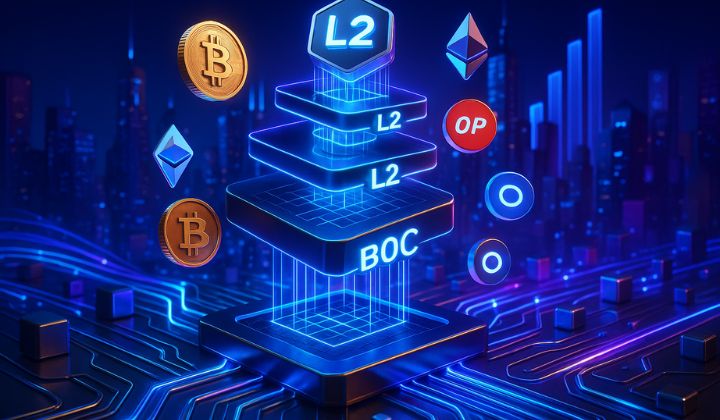




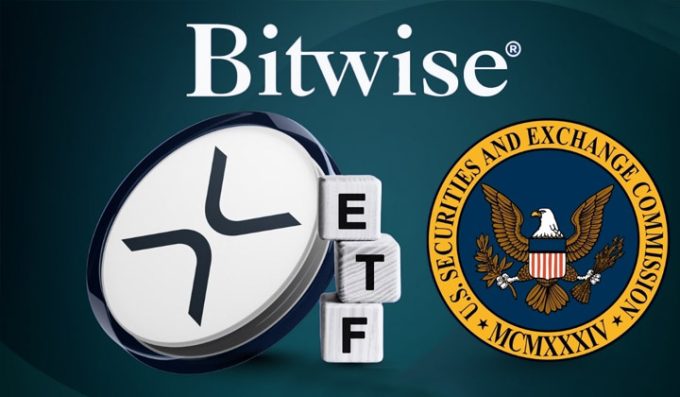

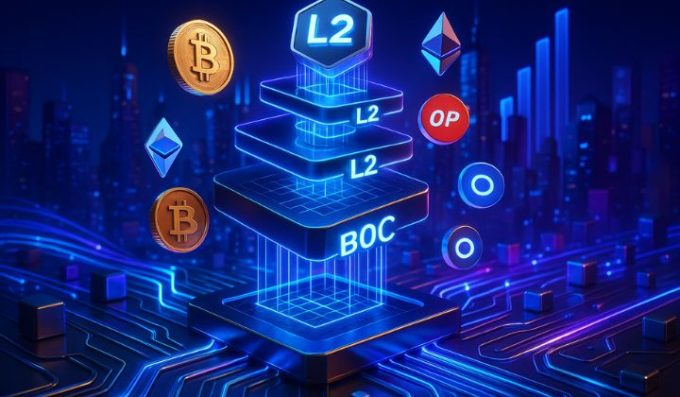

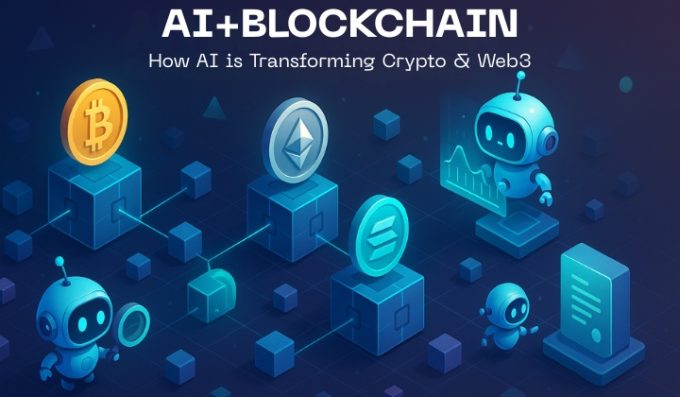
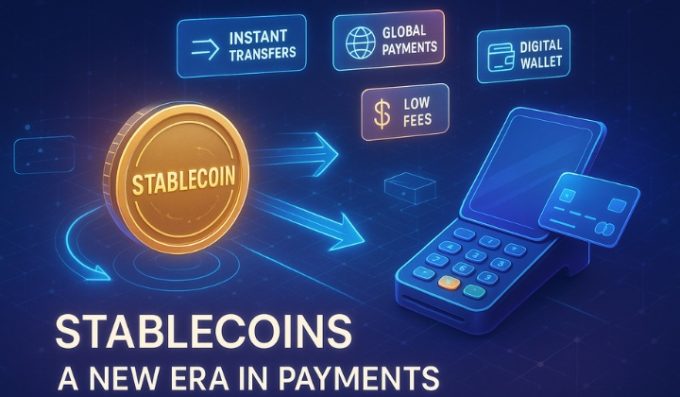




Leave a comment